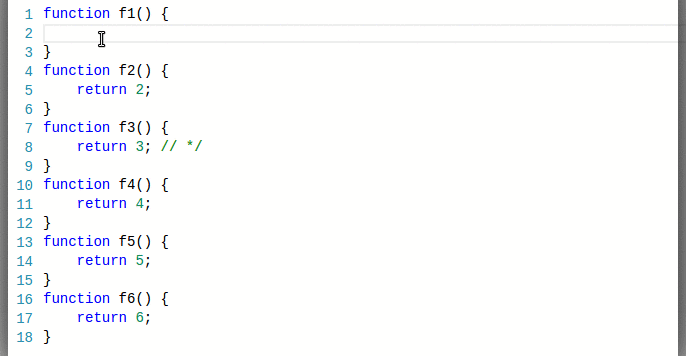

- #Visual basic inherit font size but not bold full
- #Visual basic inherit font size but not bold software
Indicates an instance of a variable or program argument. Indicates text which is no longer accurate or relevant.Ĭreates a subscript, and should only be used where the subscript is vital to meaning of the text.Ĭreates a superscript, and should only be used where the superscript is vital to meaning of the text. Used to denote small print side comments, such as copyrights or disclaimers. Indicates a selection of text that is highlighted or marked in a document for reference.ĭenotes text which is quoted from another source.ĭesignates sample output from computer programs, scripts, etc.

Represents user input, typically through a keyboard. Type of text such as a technical term or transliteration. Indicates text set in a different mood in a manner indicating a different Indicates that this is the defining instance of the enclosed term. Used to mark text which attention is drawn to but without any added emphasis or importance.Ĭontains a citation or a reference to other sources.
#Visual basic inherit font size but not bold full
You may include the full text version through the use of the title=" attribute. Indicates an abbreviated form or acronym. The following table shows the logical style tags.
#Visual basic inherit font size but not bold software
Reader software hears the text with audio emphasis. Visually comparable logical style tag, a person using special Impaired individual will be able to see it. Renders text visually in bold characters, but does not ensure that a visually May not benefit from simply styling a word through CSS in bold font because it For example, people who are visually impaired One reason for using them alongside CSS is to provide accessibility featuresįor individuals with disabilities. Phrase Elements, or logical style tags, have standardized meanings in all browsers. In their proper context, and not simply for their stylistic properties. To their content however, HTML5 has re-purposed many tags to give semantic Of HTML, these tags were used purely stylistically without imparting meaning Although these styles can beĪchieved with style sheet settings, there are also stand-alone tags that canīe used to directly enclose and format text characters. To highlight or emphasize letters and words. Generally that happens only at creation, in which case when you retrieve the value to create the custom Font object for your Label control, it would already be set correctly.Text characters can take on styles such as bold, italic, underscore, and others It's rare that the font size of a form gets changed while the application is running. MyLabel.Font = New Font(myForm.Font, Or FontStyle.Bold)Īlthough, I'm not sure if/why this is really necessary. For example: Private Sub myForm_FontChanged(ByVal sender As Object, ByVal e As EventArgs) Handles myForm.FontChanged Handle the FontChanged event for your form, and in response, create a new Font object for your Label control. Luckily, there is just such a mechanism in the form of the FontChanged event. To achieve what you want, we need to get a notification when the form's font size changes and in response, you can create a new bold Font object with the new size for your Label control. But the upshot is that the ambience goes away at the point where you explicitly set the property. Ambient properties are explained in the documentation where applicable. Such properties that retrieve their value from their parent when they have not been explicitly set are referred to as ambient properties. They automatically inherit the font of their parent (a container control, such as a form). The only thing that makes this confusing is that there is a bit of magic that goes on if you do not set a custom font for child controls. If the font size used by your form changes, a new Font object will be created with that new size for the form, but your custom bold Font object will not be updated. When creating this new Font, you can certainly copy the properties of an existing Font object (like the one used by your form), but there is no way to dynamically couple the two Font objects together. The only way to modify this property is to create a new Font object. Font objects are immutable, meaning that their properties cannot be changed once they have been created. No, as you've already discovered the Font.Bold property is read-only.


 0 kommentar(er)
0 kommentar(er)
